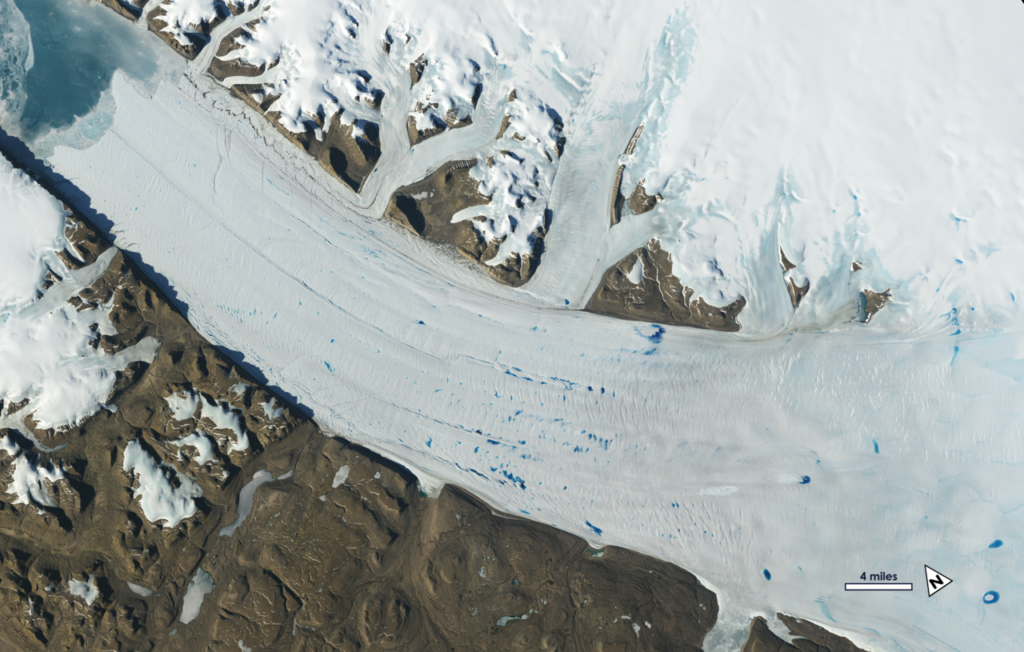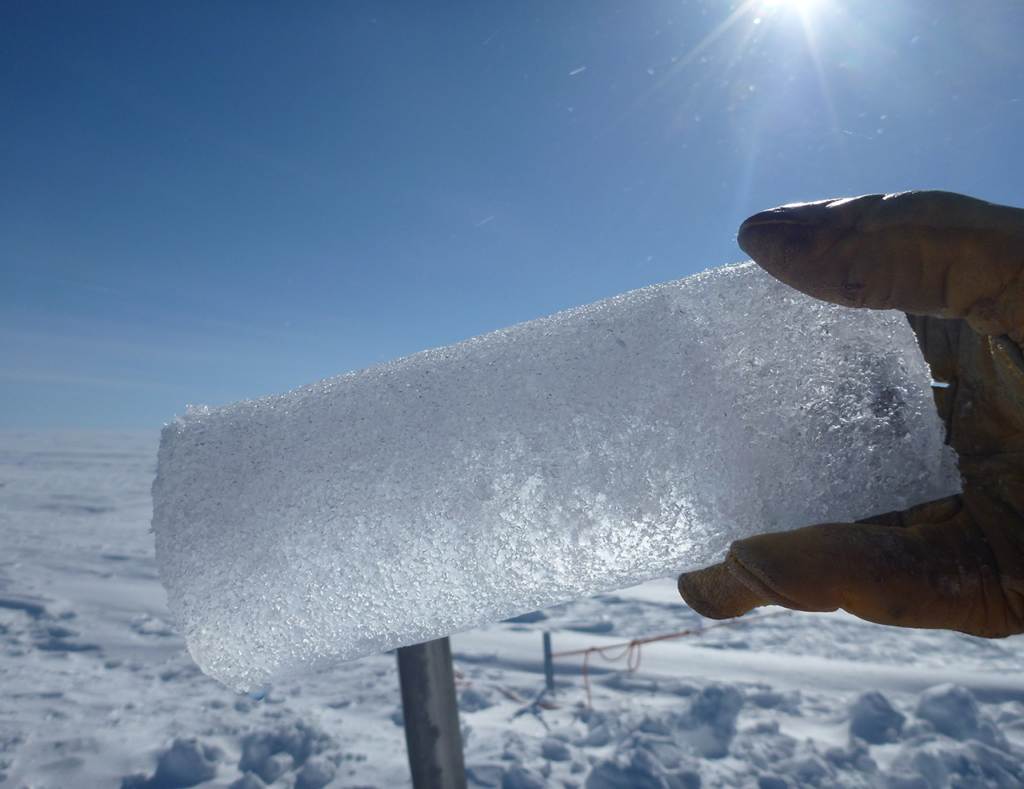Introduction:
Antarctica: Next Global Crisis
The largest iceberg in human history has just broken free into the Antarctic Ocean. A monumental moment in nature’s drama. The release of the largest iceberg triggers widespread concern among scientists and climate activists globally. It’s a stark reminder—while we talk, the world warms, and Antarctica melts.
According to data published TheGuardian, Global temperatures shattered records this year, making it the hottest ever recorded, possibly the warmest in the last 100,000 years.
The Next Global Crisis has arrived.
Annually, an ice sheet in Antarctica melts, an area equivalent to the size of New York City.
Coincidentally, as we speak , the United Nation Climate change Conference (COP28) is taking place at Dubai, in the United Arab Emirates. Their aim: limit temperature rise to 1.5°C and achieving net-zero emissions by 2050. A crucial global effort amid ongoing environmental challenges.
The Antarctic Challenge:
Mastering Astronomy & Why is it crucial for Climate Monitoring
Astronomy plays a crucial role in understanding the dynamics of Antarctica, providing valuable insights into the continent’s past, present, and future.
By Mastering Astronomy, Scientists could:
- Measure Ice Sheet Changes: To understand how the ice sheet is responding to climate change

- Ice Cores studies: As the time machine of climate formation.

Astronomers, along with the help of geologists, could analyze ice cores, extracting trapped air bubbles that reveal past greenhouse gas concentrations.

This data informs understanding of historical climate changes and aids projections for the future with statistical patterns. If interested, please visit: https://icecores.org/about-ice-cores
Antarctica: The Melting Pot of Climate Issues
Antarctica Flag
Antarctica is an interesting continent with no single governing body, thus it does not have an official Antarctica flag. There were many flag designs were proposed, by yet not a single one has been selected to be the official flag. Here’s an Antarctica flag designs that I find the most meaningful:
- The White Flag
In 1929, the British Australian and New Zealand Antarctic Research Expedition improvised a courtesy ensign for Antarctica using white cotton sheeting. This makeshift flag is now housed in the National Maritime Museum in London. A fascinating piece of Antarctic history.

- Whitney Smith’s Antarctica Flag

Vexillologist (study of symbolic flag designs) Whitney Smith unveiled an orange flag with a white emblem at the 1978 NAVA meeting. The flag’s A symbolizes Antarctica, the semi-sphere represents the Antarctic Circle, and the hands depict environmental protection. International orange ensures visibility, aiding awareness even if the flag is damaged—a crucial safety feature for ocean vehicles.
Antarctica Map
The Antarctic Circle encompasses Antarctica, a continent with a land area of 14 million km² (280,000 km² ice-free, 13.72 million km² ice-covered). Nearly twice the size of Australia (7,617,930 km²), Antarctica ranks as the world’s fifth-largest continent in terms of area.

Referencing the map above, the Weddell Sea is where the recent largest iceberg in the world, the A23A Iceberg, broke free. It is currently reported moving towards the southern Atlantic Ocean.
Green Solutions
Adopting sustainable practices is the first step in mitigating climate change and preserving Antarctica.

U.N. Secretary-General Antonio Guterres visited rapidly melting Antarctica, emphasizing the urgent need for intense global action. He stressed that commitments to more renewable energy projects are crucial to preserve Antarctica, following the recent COP28 conference. For more updated information about the green solution in antarctic preservation please visit COP 28 Observer daily updates.
Sultan Al Jaber, President of the UN Cop28 climate summit, declared that “the UAE has been a leader in climate change.” The country has invested billions in decarbonizing fossil fuels and advancing renewable energy sources such as solar and biofuel.
Shifting from fossil fuel dependence to a clean biofuel like algae oil is one of the most effective way to accelerate the transition to green energy. Explore my dedicated article on algae oil for an in-depth insight HERE.
Melting pot
For over five decades, Antarctica has been a metaphorical melting pot for environmental issues. It encapsulates a complex web of interconnected challenges that necessitate global attention and action. A microcosm of pressing concerns.

Here’s a snapshot of climate events in recent decades:
- Rising Sea Levels and Coastal Flooding
- Ocean Acidification and Marine Biodiversity Loss (2020)
- Weather Extremes and Climate Variability (2023)
- Aerosol Pollution and Ozone Depletion
- Antarctic Tourism (Antarctica Cruise) possed Environmental Impacts
The collapse of ice shelves: A stark warning for humanity
Life cycle of an Ice Shelve
What is an Ice Shelve?
Ice shelve is a floating extension of land ice.
Ice shelves receive ice in multiple ways, which consist of:
- The flow of ice from the continent
- Surface accumulation via snowfall
- Marine ice freezing to their surroundings
Ice shelves lose ice by:
- Melting below (warmer current)
- Melting above (warmer air)

Over time, even though it’s normal for an ice shelf to break into smaller pieces, forming icebergs that eventually melt.
However, the current rate is extremely concerning.
Efforts are underway to discover and implement green solutions, responding to the potential global crisis signaled by the iceberg’s breakaway.
One response to “Is the Largest Antarctica Iceberg Breaking Free:Sign of Climate Change?”
[…] This adaptive approach not only conserves space but also transforms algae into a potent carbon filtration mechanism within urban landscapes, effectively countering city fumes and enhancing air quality, eventually hoping to eliminate the signs of climate change. […]